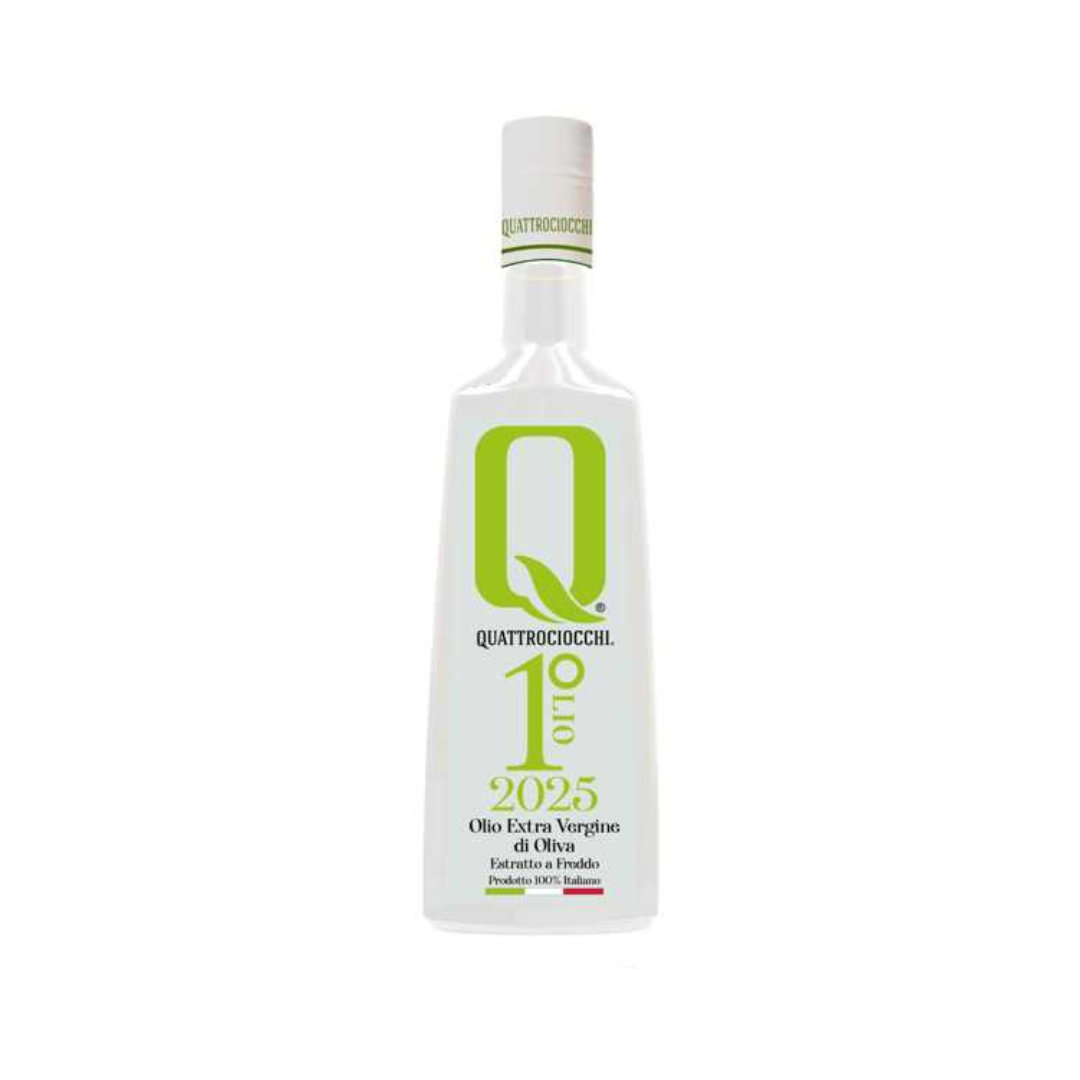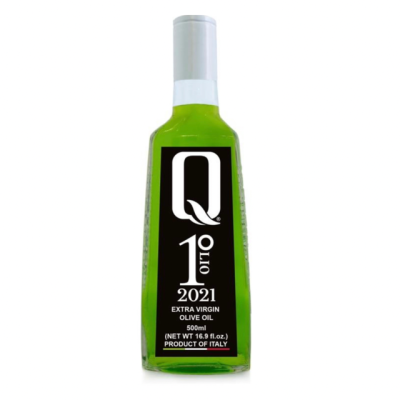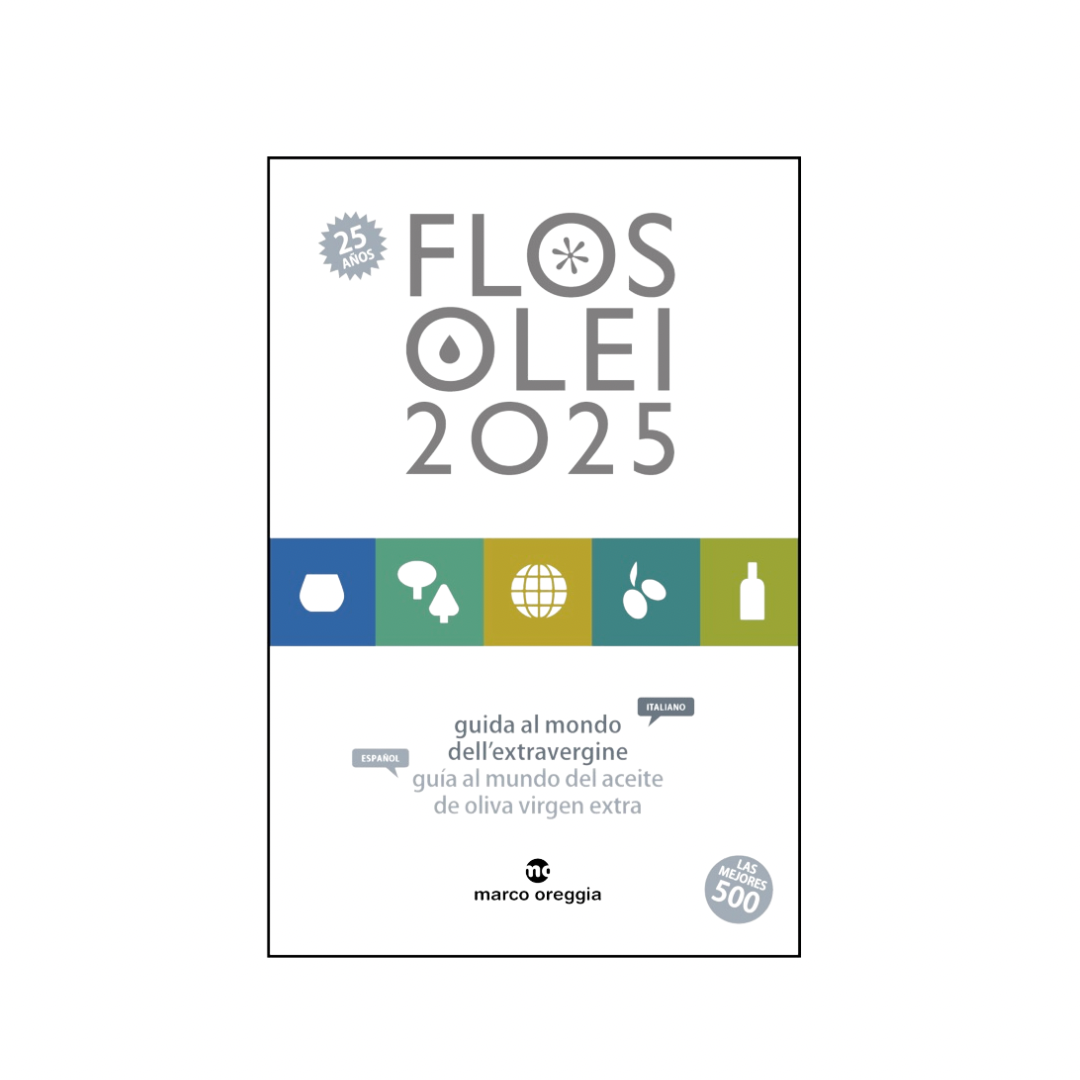Quattrociocchi 1 Olio 2025 Extra Virgin Olive Oil (Pre-Order)
Quattrociocchi 1 Olio 2025 Extra Virgin Olive Oil (Pre-Order)
Couldn't load pickup availability
description
Flos Olei 2025 Hall of Fame - 6th Consecutive Year Awarded the Score of (100/100)
Flos Olei 2025 (100/100)
Flos Olei 2024 Hall of Fame - 5th Consecutive Year Awarded the Score of (100/100)
Flos Olei 2024 (100/100)
Flos Olei 2023 Hall of Fame - Americo Quattrociocchi
Flos Olei 2023 (100/100)
Olio Quattrociocchi 100/100 rating by Flos Olei 2022
Flos Olei 2022 Hall of Fame - Americo Quattrociocchi
Gambero Rosso La Stella 2022 for 10 consecutive years of Tre Foglie
If you read the Washington Post article, Where to Buy Top Quality Extra Virgin Olive Oil (15 February 2017), we recommend this selection.
Back this year, the unfiltered, early harvest Novello selection from Quattrociocchi. Itrana, Frantoio, and Leccino olives grown on the family estate, come together in this bottling. With the herbaceous and fruity aroma, and complex herbal and grassy notes, we noted herbs, hints of green olives, green tomatoes, and artichokes in this selection, with no notes of bitterness. The fresh notes are present and evident! Shake before every pour!
Food pairings: Works well with notable flavors, beef carpaccio, tuna, swordfish, game, mature cheeses, and pasta with sausage. Always with asparagus and artichokes.
The Quattrociocchi family has been growing olives since the year 1888, their passion handed down through generations. The family farm, the Quattrociocchi home for generations, is located among centuries old olive groves on the Alatri hills, in the heart of the Ciociaria area of Lazio, southeast of Rome.
The olive grove spans approximately 120 hectares and with 34,000 trees of the Frantoio, Leccino, and Itrana varieties.
The entire product processing cycle takes place on the farm which sets the standards for organic family: from growing and harvesting the olives to the crushing, all steps are completed directly in the farm’s own oil mill. The oil is then stored in steel silos, where it remains until bottling.






